
As we’ve been constantly reminded since SimCity was announced, this is a game that has been built from the ground with the idea of ‘connected cities’ in mind. No longer are you planning, building and caring for an isolated metropolis; you’ve now got to think about the bigger picture.
How can I make money from other cities? What can I buy instead of making for myself? Is the crime coming from me, or is someone else to blame? How does my community rank in terms of pollution, wealth, transport systems and happiness? It’s called SimCity, but SimCities might be more apt. We’ve seen and written about SimCity for you before now, but this latest demonstration is the first time we’ve actually witnessed a group of cities working together and affecting one another.
The scene opens with a huge slab of land housing three cities huddled together around their own stretch of an enormous lake. One of these cities is a hefty, wheezing hub of industry chock-a-block with row-upon-row of factories and power plants and roads lined with trucks working hard to keep things stocked and running. This is the region’s production centre, no other city in the area can match it for its sheer efficiency at manufacturing, logistics and creating pollution. People are making a lot of money here.
Zoom across the map to another city and it’s clear people are making money here, too. Although, in a very different way. This is Monte Vegas, where people come to play. Fresh off their hard days of work in the factories and the cabins of haulage trucks, the residents of the region ship out to gamble, spend and be merry in a city of lights and debauchery.

No matter which part of Monte Vegas you plant the camera, there’s no escaping the endless sea of casinos, shopping malls, luxury hotels and restaurants. Truly, this is the kind of place you’d love to visit but hate to live. Aside from the constant din of party revellers and harsh glow of neon making it difficult for anyone with the gift of sight and/or hearing to sleep at night, Monte Vegas is a less than enticing residential area because of the ridiculously high crime rate.
Gambling, alcohol, money and dumb tourists are to criminals what light bulbs are to moths and flies. The less trustworthy members of society feed on the gluttony of others in Monte Vegas, meaning that much of the city’s hard earned cash must be spent on an adequate police force if things are going to be kept under control. In order to keep track of how well your police is dealing with the situation you need to keep a close eye on the relevant data layer and react accordingly.
Data layers are applied directly to your city in real-time, the crime data later simply taking the form of red dots for criminals and blue for police. Criminals tend to roam around areas with higher populations, so it makes sense to position your stations around there. Being a preview demonstration, the developers have managed to position their police stations at what seem to be the perfect locations for dealing with crime; so, while there are numerous red dots floating about the map, they are always outmatched at least three-to-one by the blues.
Other data layers show how many people are coming and going to/from the city and how they’re travelling. Some travel by car, some by bus, train, plane and even ferry. In order to make sure the daily migrations are kept in check it’s important to keep an eye on which forms of transport are underperforming and which are under strain. There’s nothing worse than an empty, $100 million casino.
After a hard day’s work in the factory, a hard night’s play at the casino, there’s nothing a sim wants more than to go home to a nice, safe bed. The third and final city in the region is Homeville, a green, quiet and perfectly planned dormitory city that has more than a little bit of Stepford Wives-like eeriness about it.

Of course, it is perfectly feasible for you to ignore the multi-city structure and tackle things old-school; namely, by creating yourself one giant slab of urbanised environment and building away. There’s no reason why you can’t specialise different areas of the city to support different things and, who knows, even if you start out with three different cities they might grow to the point where they become a single entity.
What is most interesting, though, is how all of this will work when multiple players are locked into the same area. The above tri-city approach seems to work fine when all the strings are pulled by a single person with a single goal, but what happens when separate players, with separate agendas and ideologies attempt to co-exist.
Will one be happy with producing the region’s goods but destroying the environment? Will another want to spend all of their time building shopping malls and police stations? Will the third find the idea of creating the world’s largest planned residential community enticing?
The answer is probably, no. And that’s what makes SimCity so exciting; what kind of politics, economic issues and, potentially, back stabbing is going to arise out of the multi-city format when multiple players are concerned?

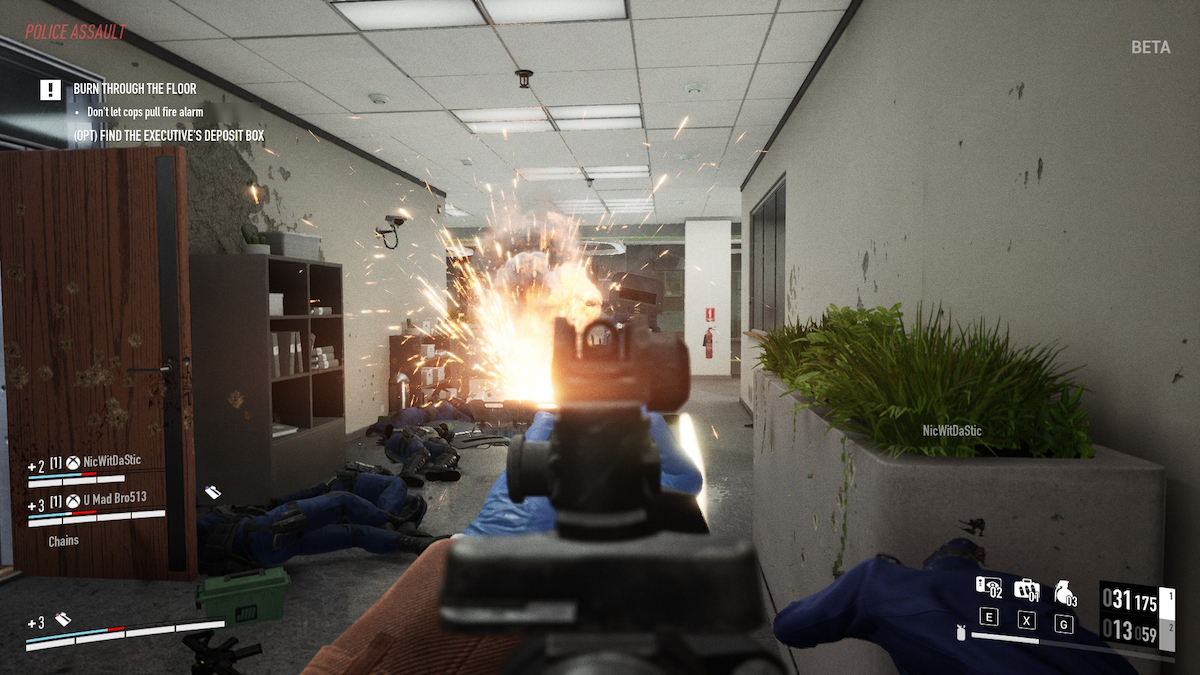
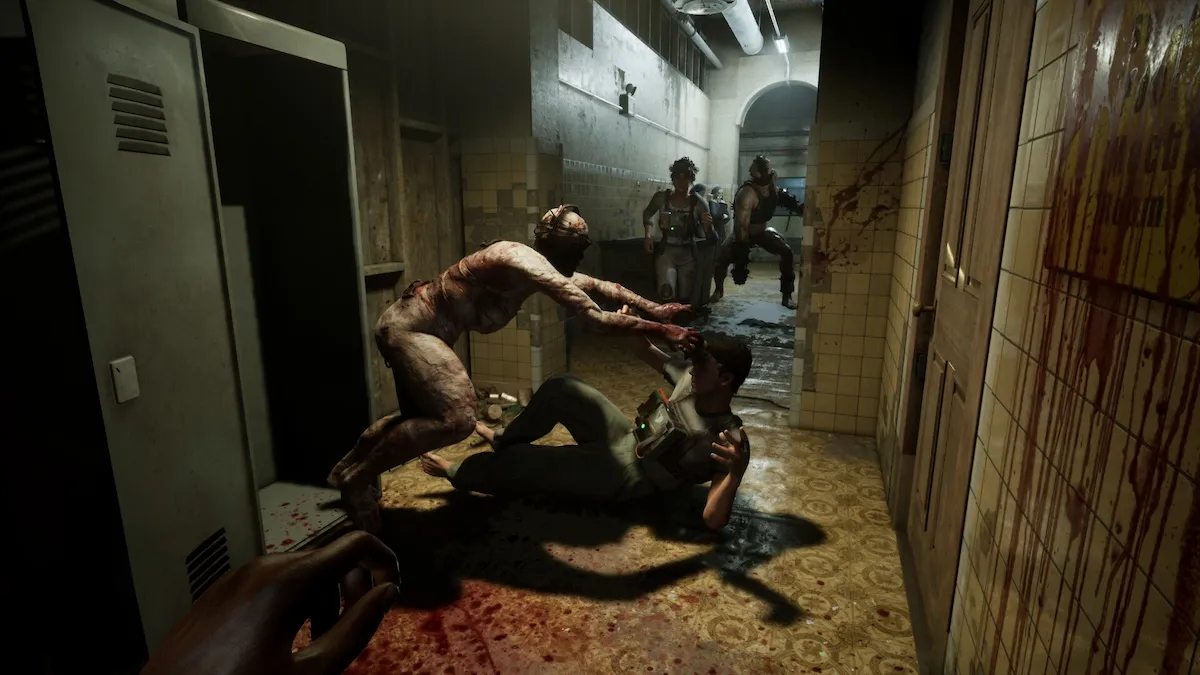
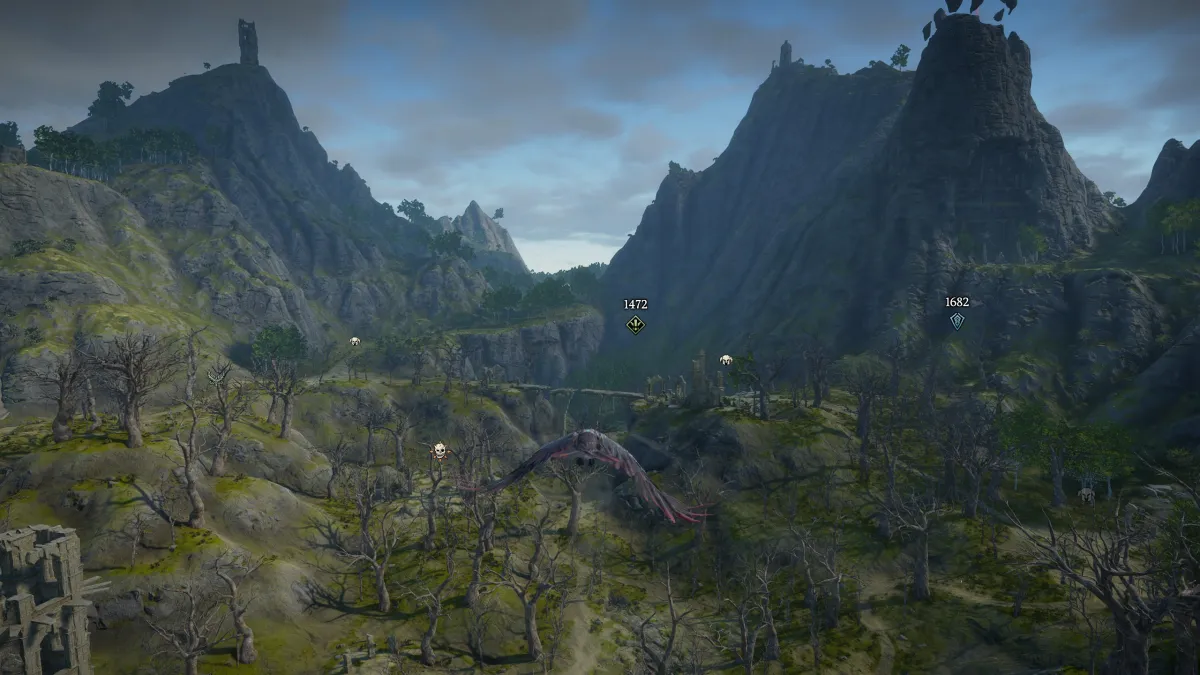
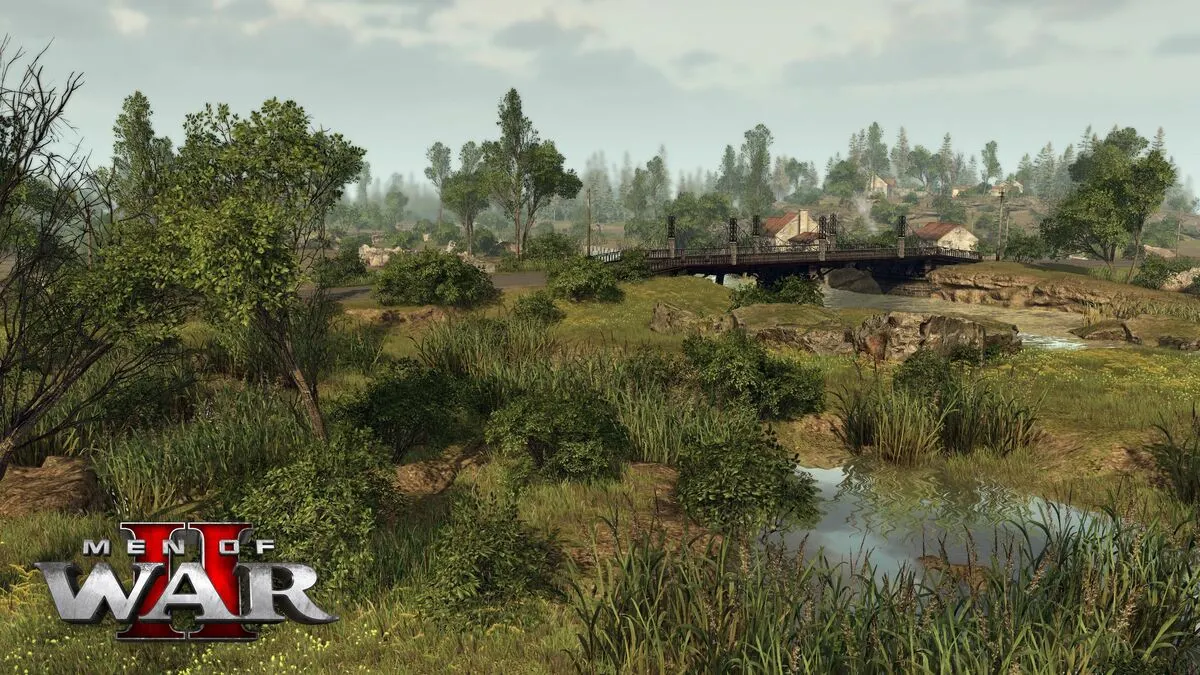
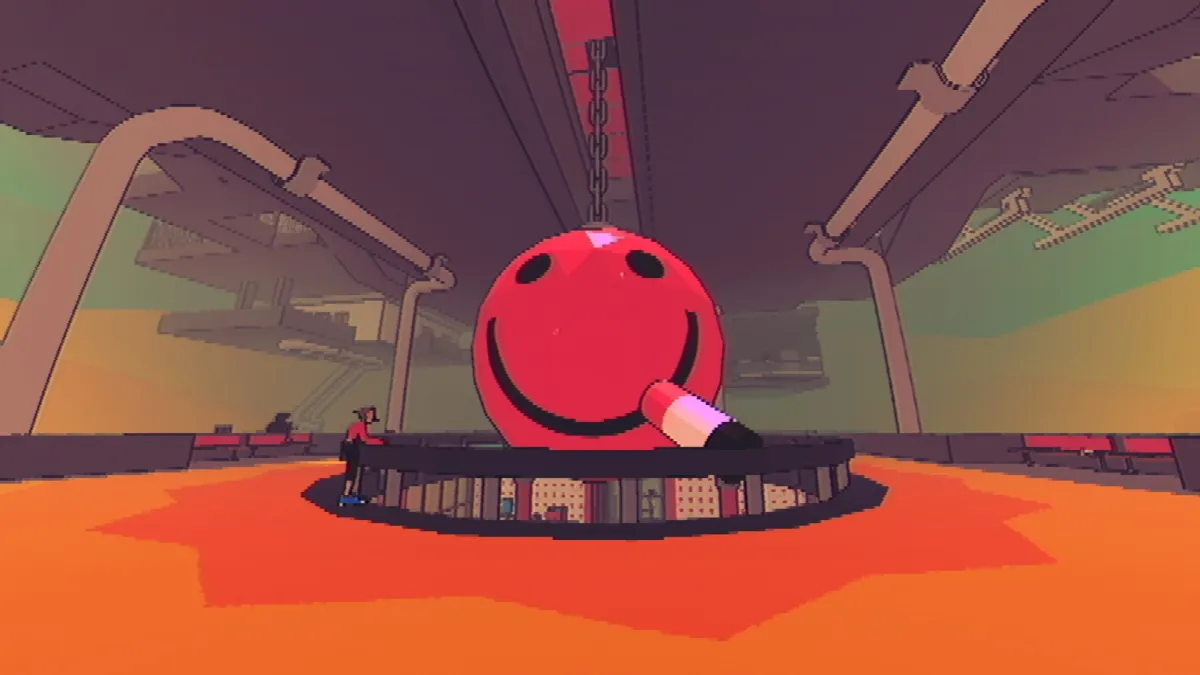
Published: Oct 26, 2012 06:35 pm